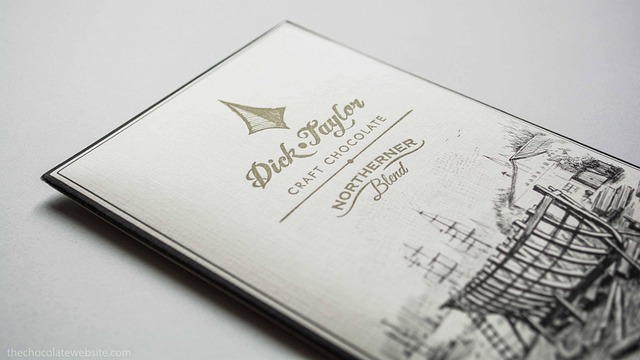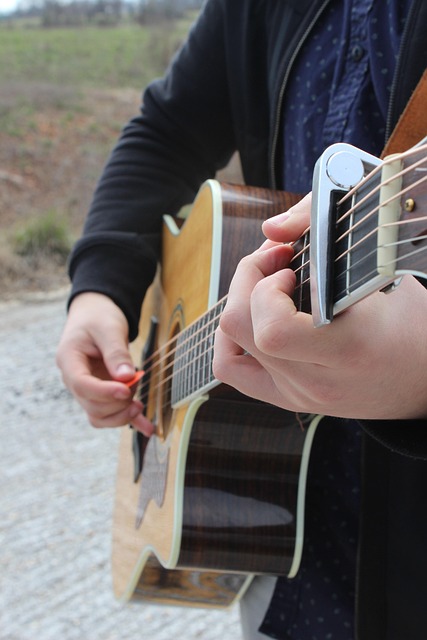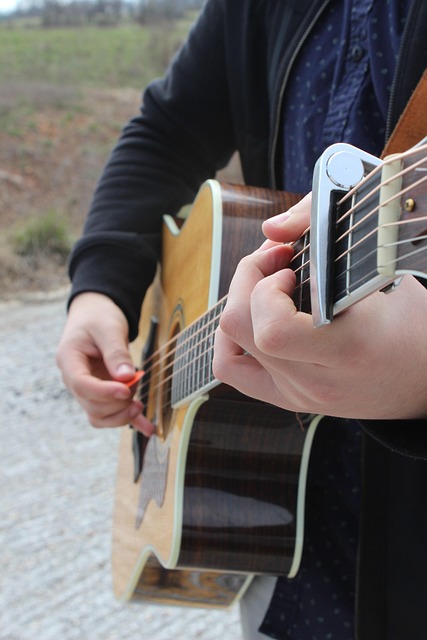Preserving historic properties in real estate respects tradition, connects communities to their past, and shapes modern design with sustainable practices and locally sourced materials. By integrating pioneer heritage into contemporary projects, developers create desirable properties that appeal to buyers seeking cultural alignment and a deeper sense of belonging. This trend fosters a fusion of old and new, ensuring traditional values remain integral to the dynamic real estate landscape.
In an era where modern developments dominate the skyline, there’s a growing appreciation for the timeless charm of traditional values and pioneer heritage. This article delves into the significant role historic real estate plays in shaping contemporary property practices. We explore how preserving architectural legacies not only conserves history but also influences current trends in the real estate sector. By examining the intersection of culture and property, we uncover the enduring impact of traditional values on today’s market.
Preserving Historic Real Estate: A Celebration of Traditional Values

In the realm of real estate, preserving historic properties stands as a powerful testament to traditional values and pioneer heritage. These architectural marvels, often nestled in vibrant communities, tell stories of the past while offering a unique connection to our roots. By safeguarding these landmarks, we not only protect tangible pieces of history but also preserve the cultural tapestry that defines our neighborhoods.
Real estate developers and enthusiasts play a crucial role in this endeavor by recognizing the intrinsic value of historic structures. Restoring and repurposing these properties ensures that they remain integral parts of our communities, fostering a sense of continuity and pride. In today’s fast-paced world, where change is constant, preserving historic real estate becomes an enduring tribute to those who came before us, enhancing our collective heritage for future generations.
The Role of Pioneer Heritage in Shaping Modern Real Estate Practices
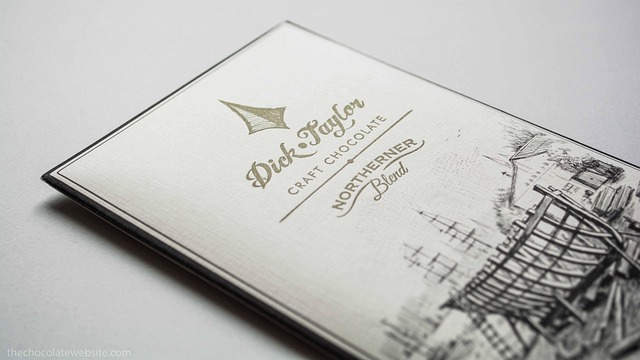
Pioneer heritage, with its rich history and unique architectural styles, plays a significant role in shaping modern real estate practices. The enduring appeal of traditional values, such as craftsmanship and sustainability, continues to influence contemporary design and development. Many real estate professionals are now incorporating these heritage elements into their projects, not only to preserve the past but also to create distinct, desirable properties that resonate with modern buyers and tenants.
This integration goes beyond mere aesthetics; it involves adopting sustainable building practices, utilizing locally sourced materials, and embracing open-plan layouts that reflect the community-focused nature of pioneer life. As a result, real estate agents, developers, and designers are finding new ways to market and sell these properties, emphasizing their historical significance while showcasing how they meet the needs and preferences of today’s market.
Exploring the Intersection of Culture and Property: A Look at Traditional Values in Real Estate Today
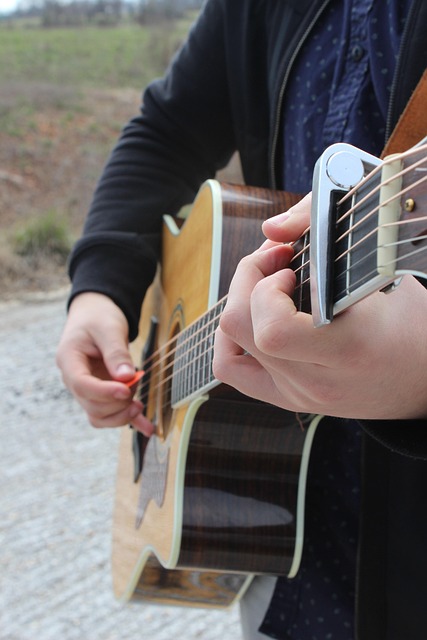
In today’s dynamic real estate landscape, there’s a growing recognition and appreciation for traditional values that have been woven into the fabric of communities for generations. The intersection of culture and property is becoming a focal point, with buyers and sellers alike seeking out homes that reflect their heritage and core beliefs. This trend isn’t just about aesthetics; it’s driven by a desire to connect with one’s roots and preserve cultural identities. Traditional values in real estate encompass architectural styles, neighborhood character, and the stories embedded within properties, creating a unique sense of belonging.
As we explore this connection further, we uncover how these values are not static but evolve alongside changing times. The fusion of old and new can be seen in renovated historic homes that blend timeless design with modern amenities, catering to contemporary lifestyles while respecting cultural heritage. This harmonious balance ensures that traditional values remain relevant and appealing, shaping the real estate market’s diversity and richness.
